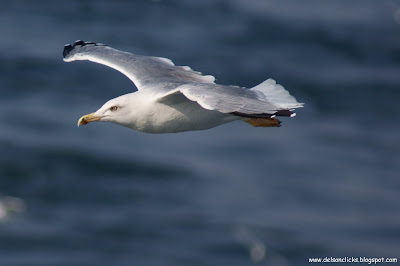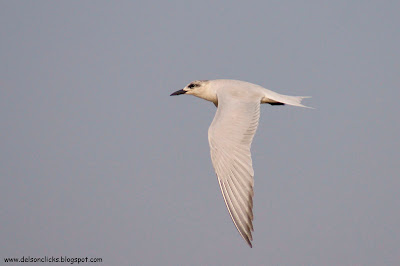
f/5.4 , ISO 400 , 1/320 sec


f/5.4 , ISO 100 , 1/640 sec
Spotted these colourful Pied Starlings (
Gracupica contra) around the Palm Beach road in Navi Mumbai. This noisy, colourful and hyper active group of birds were all around me. This bird also called the Pied Myna, is found all around India and especially around human habitations and wetlands.
The images above were clicked with a 300mm lens, and I certainly felt a dire need of a longer lens. Unfortunately Sony is not marketing its 400mm lens in India and its Tele-convertors cannot be used on my 300mm lens. Hence regrettably I have decided to change my camera system and the decision has been fortified after this shooting session. Sony has a lovely camera and lens system, but it seems like it's not meant for wildlife enthusiast and leaves a lot to be desired.


 Continuing from my Previous post. Cant write much in todays post because of severe time crunch on my side. I enjoyed clicking these photographs, hope you enjoy viewing them.
Continuing from my Previous post. Cant write much in todays post because of severe time crunch on my side. I enjoyed clicking these photographs, hope you enjoy viewing them.


 As we were departing a Greek port, my ship was surrounded by hundreds of gulls. They were trying to catch fish, which were pushed up by the ships wake. Most of the Gulls were these Yellow Legged Gulls (Larus michahellis) and found it a great opportunity to photograph these flying beauties.
As we were departing a Greek port, my ship was surrounded by hundreds of gulls. They were trying to catch fish, which were pushed up by the ships wake. Most of the Gulls were these Yellow Legged Gulls (Larus michahellis) and found it a great opportunity to photograph these flying beauties.
 In January I had featured a Female Siberian Stonechat,that had landed on board my ship.Today I was fortunate to encouter the male bird (Saxicola maurus)
In January I had featured a Female Siberian Stonechat,that had landed on board my ship.Today I was fortunate to encouter the male bird (Saxicola maurus)



 The Gull Billed Tern (Gelochelidon nilotica) generally prefers a salt water habitat, but I spotted these at 'Sarovar Vihar' a fresh water lake at Navi Mumbai. The bird is pretty versatile when it comes to its diet. The bird acquires a black cap during its breeding season and the ones I spotted were non-breeding adults.
The Gull Billed Tern (Gelochelidon nilotica) generally prefers a salt water habitat, but I spotted these at 'Sarovar Vihar' a fresh water lake at Navi Mumbai. The bird is pretty versatile when it comes to its diet. The bird acquires a black cap during its breeding season and the ones I spotted were non-breeding adults. I perched myself on a small rock and used my hands as a makeshift tripod and waited. This Jungle Prinia (Prinia sylvatica) soon landed on a branch. Sun was setting low and I had to boost my ISO to 400 to get a reasonably fast speed of 1/320 sec.
I perched myself on a small rock and used my hands as a makeshift tripod and waited. This Jungle Prinia (Prinia sylvatica) soon landed on a branch. Sun was setting low and I had to boost my ISO to 400 to get a reasonably fast speed of 1/320 sec. f/5.4 , ISO 400 , 1/320 sec
f/5.4 , ISO 400 , 1/320 sec
 f/5.4 , ISO 100 , 1/640 sec
f/5.4 , ISO 100 , 1/640 sec

